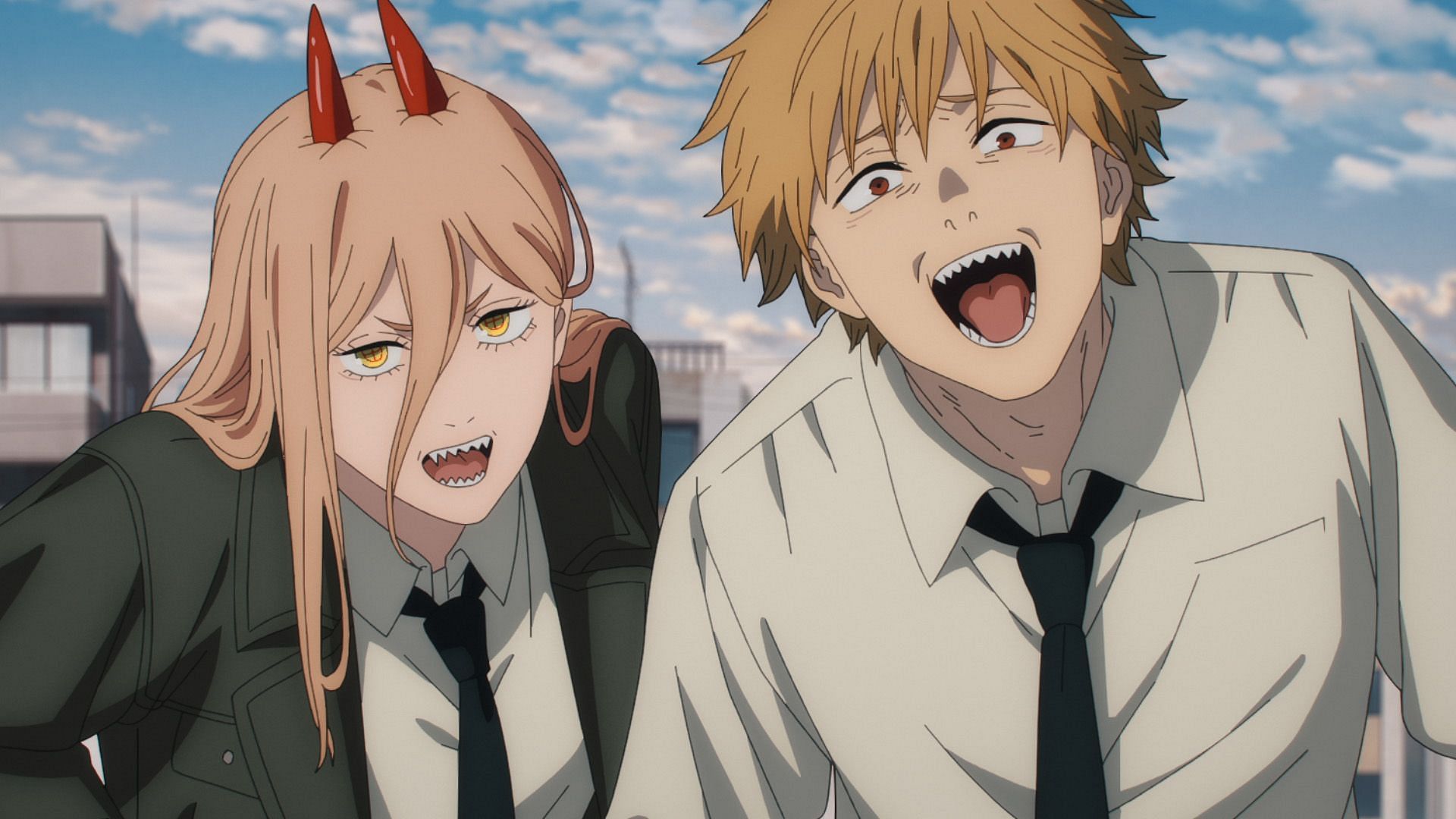Chainsaw Man Chapter 116 takes us on a journey into the depths of Denji’s character development, exploring the intricate web of interactions and psychological shifts that shape his transformation. With its captivating plot progression, evocative symbolism, and stunning artistic style, this chapter leaves an indelible mark on the narrative.
As Denji navigates the complexities of his new existence, we witness the profound impact of his relationships with other characters. From the enigmatic Makima to the enigmatic Power, each encounter becomes a catalyst for growth and introspection. The chapter delves into the psychological complexities of Denji’s transformation, revealing the inner struggles and desires that drive his actions.
Character Development

Chapter 116 of Chainsaw Man marks a pivotal moment in Denji’s character development, showcasing his resilience, adaptability, and the complexities of his transformation.
Interactions Shaping Growth, Chainsaw man chapter 116
Denji’s interactions with Makima, Aki, and Power significantly shape his growth. Makima’s manipulative nature challenges his sense of self and purpose, while Aki’s loyalty and Power’s companionship provide him with emotional support and a sense of belonging.
His encounter with the Snake Devil forces him to confront his own mortality and the consequences of his actions. These experiences collectively contribute to Denji’s evolving understanding of himself and the world around him.
Psychological Complexities
Denji’s transformation is not without its psychological complexities. He grapples with feelings of inadequacy and self-doubt, as well as the guilt and trauma associated with his past experiences.
Despite these challenges, Denji’s resilience shines through. He demonstrates a remarkable ability to adapt and overcome adversity, showcasing his determination and inner strength.
Plot Progression
Chapter 116 of Chainsaw Man is a pivotal moment in the overall storyline, advancing several key plotlines and revealing crucial information.
The chapter begins with the aftermath of the previous confrontation, where Denji and his allies face the consequences of their actions. The Gun Devil’s true identity is revealed, and its motivations become clearer. This revelation sets the stage for a major confrontation in the future.
Pacing and Structure
The chapter’s pacing is deliberate, building tension and suspense as the characters navigate the aftermath of the battle. The structure alternates between action-packed sequences and moments of reflection, allowing readers to process the events and their implications.
The chapter concludes with a cliffhanger, leaving readers eager for the next installment. This pacing and structure effectively create anticipation and keep readers engaged.
Symbolism and Imagery

Chapter 116 of Chainsaw Man is replete with powerful symbolism and evocative imagery that contribute to its themes and atmosphere. These elements enhance the narrative, providing deeper insights into the characters, their motivations, and the overall tone of the story.
Chainsaw Devil’s Heart
The Chainsaw Devil’s heart, now transplanted into Denji, symbolizes the protagonist’s transformation and his newfound power. The heart’s relentless desire to consume, coupled with its destructive capabilities, mirrors Denji’s own struggle to control his primal instincts and the consequences of his actions.
Blood
Blood, a recurring motif throughout the chapter, represents violence, sacrifice, and the fragility of life. The constant presence of blood highlights the brutal nature of the Devil Hunter’s world, where death and danger lurk around every corner. It also underscores the sacrifices made by characters like Aki and Power, who willingly put their lives on the line for the greater good.
Light and Darkness
The interplay of light and darkness in Chapter 116 symbolizes the conflict between good and evil. The bright light emitted by the Chainsaw Devil’s heart represents hope and the possibility of redemption, while the darkness that surrounds it signifies the ever-present threat of the unknown and the horrors that lurk in the shadows.
Artistic Style and Technique

Chainsaw Man’s distinctive artistic style plays a pivotal role in Chapter 116, amplifying the narrative’s impact through its unique paneling, linework, and shading techniques.
Paneling
The chapter employs a variety of panel sizes and layouts to create a dynamic and immersive reading experience. Wide, panoramic panels establish the expansive setting and epic scale of the battle, while smaller panels focus on intimate character moments and close-ups, drawing readers into the emotional intensity of the conflict.
Linework
The linework is characterized by its bold, expressive strokes, capturing the kinetic energy and brutality of the fights. Thick, jagged lines convey the characters’ raw power, while delicate, flowing lines depict moments of vulnerability and contemplation.
Shading
Shading is used to create a sense of depth and atmosphere. Dark, shadowy areas evoke the ominous threat of the devils, while lighter areas highlight the hope and determination of the characters. The use of cross-hatching and stippling adds texture and detail, enhancing the realism and impact of the artwork.
The artistic style of Chainsaw Man is not merely an aesthetic choice but an integral part of the storytelling, complementing and enhancing the narrative’s themes and emotions.
Outcome Summary

In conclusion, Chainsaw Man Chapter 116 is a masterfully crafted chapter that weaves together character development, plot progression, symbolism, and artistic brilliance. It invites us to delve into the depths of Denji’s transformation, exploring the complexities of his character and the profound impact of his journey. This chapter sets the stage for future developments in the narrative, leaving readers eagerly anticipating the next installment of this captivating series.
FAQ Compilation: Chainsaw Man Chapter 116
What is the significance of the chainsaw heart in Chapter 116?
The chainsaw heart represents Denji’s transformation and the duality of his nature. It symbolizes both his newfound power and the inner conflict he grapples with.
How does Makima’s manipulation affect Denji’s character development?
Makima’s manipulation forces Denji to confront his own desires and motivations. It challenges his sense of identity and pushes him to question his loyalties.
What is the role of the Eternity Devil in this chapter?
The Eternity Devil represents the fear of time and the inevitability of death. Its appearance foreshadows the impending conflict and the stakes involved in Denji’s journey.